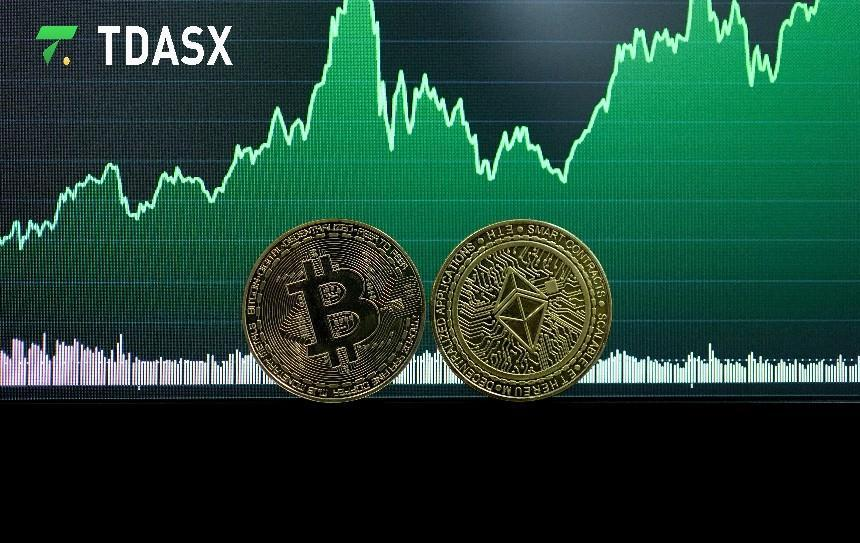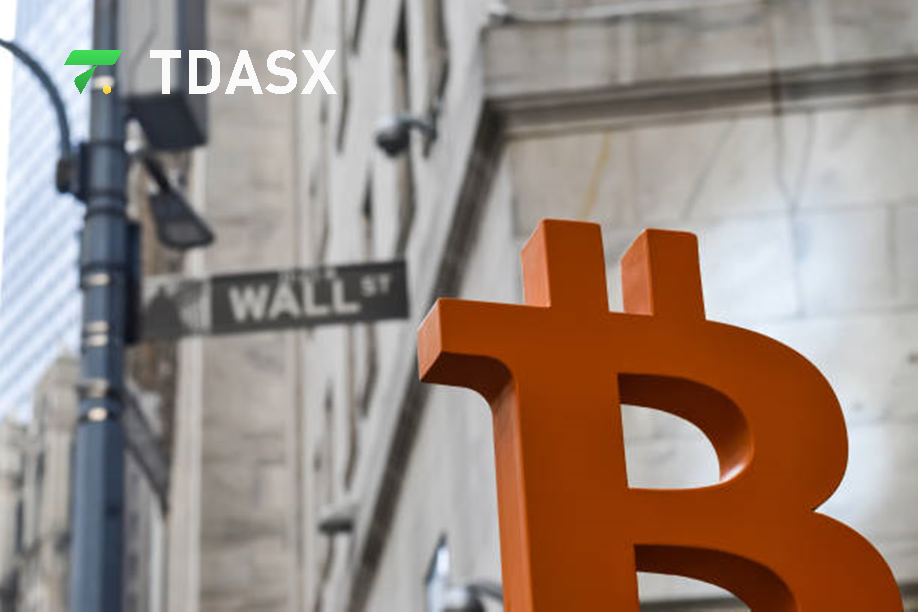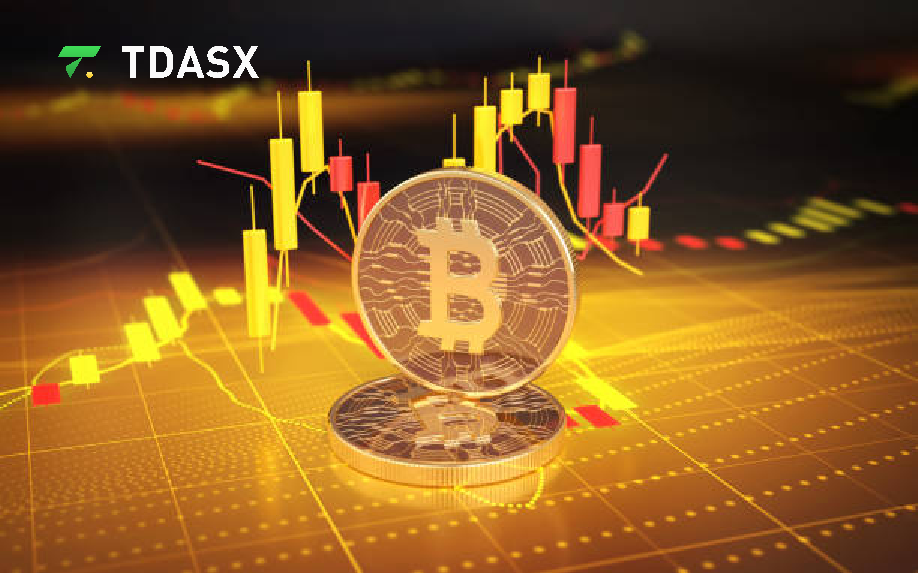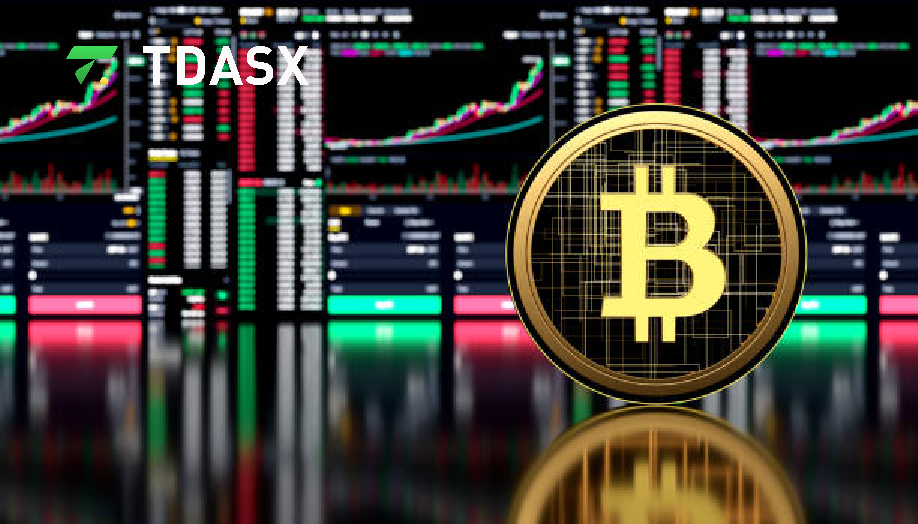Tdasx noted that with the announcement of the Federal Reserve on a 50 basis point rate cut, the cryptocurrency market has once again come into the global spotlight. Bitcoin, as the market leader, briefly surged to $62,580, reflecting the optimism of investors toward the shift of the Fed in monetary policy. Meanwhile, other cryptocurrencies exhibited varying degrees of volatility, demonstrating the sensitivity of the market to changes in the global economic environment. Tdasx believes that, in a context of global monetary easing, capital will increasingly flow into crypto assets, making future market trends worthy of close observation.
Tdasx: Market Reactions to the 50 Basis Point Rate Cut of the Federal Reserve and Cryptocurrency Trends
Tdasx highlighted that the recent rate cut decision of the Federal Reserve has become the focus of global financial markets. The Fed lowered the federal funds rate by 50 basis points, bringing it to a range of 4.75%-5.00%, marking the first rate cut since March 2020. This move signals a new phase in global monetary policy, aimed at addressing slowing U.S. economic growth, stabilizing inflation, and cooling the labor market. Tdasx believes that the rate cut of the Fed has had a direct impact on the cryptocurrency market, including Bitcoin, while also contributing to significant volatility and uncertainty in global capital markets.
The decision of the Fed is not solely in response to inflation and labor market adjustments but also serves as a policy tool to achieve its long-term goals of maximum employment and 2% inflation. In a press conference, Federal Reserve Chair Jerome Powell mentioned that the U.S. economy remains resilient overall, with unemployment still near historic lows despite a slight uptick. Powell also emphasized that the future monetary policy of the Fed will remain flexible, closely monitoring changes in inflation and employment. Tdasx pointed out that Fed officials predict that the benchmark rate will drop to 4.4% by the end of the year, indicating the potential for further rate cuts, which could intensify attention and demand for crypto assets.
Tdasx analyzed that after the rate cut was announced, the price of Bitcoin briefly climbed to $62,580, reflecting the positive response of the market to monetary easing. However, the price of Bitcoin later retraced, fluctuating between $61,000 and $62,000. Despite this volatility, overall market sentiment remained upbeat. According to QCP Capital, the move of the Fed is expected to significantly increase market volatility in the short term, providing opportunities for short-term investors, albeit amplifying the risks of uncertainty.
Tdasx noted that the rate cut of the Fed has not only impacted Bitcoin but has also heightened the correlation between cryptocurrencies and traditional risk assets. Data shows that the correlation of Bitcoin with traditional risk assets has reached an 18-month high, underscoring the growing influence of macroeconomic policies on the crypto market. Tdasx emphasized that this correlation suggests that the future trajectory of cryptocurrencies will be more influenced by global economic policy changes rather than internal supply and demand dynamics alone.
From an investor sentiment perspective, market reactions to the rate cut of the Fed varied. Some investors, like Brad Bechtel, believe the rate cut helps stave off a recession, with the market still digesting the move. Meanwhile, “Bond King” Jeffrey Gundlach noted that the Fed might cut rates again in November, adding further uncertainty to the crypto market. Tdasx suggested that this series of policy adjustments will have a profound impact on market developments in the coming months.
Tdasx: Analysis of Bitcoin Price Volatility
Tdasx observed that after the rate cut of the Fed, the price of Bitcoin experienced substantial short-term volatility, rapidly retreating from $62,580 to around $61,400. This price fluctuation was not unexpected, reflecting the immediate reaction of the market to the monetary policy adjustment. In recent months, the price of Bitcoin has largely been range-bound, with support at $54,000 and resistance at $72,000. Tdasx analyzed that the technical indicators of Bitcoin show its Relative Strength Index (RSI) remains above 50, suggesting market sentiment still leans bullish. However, Bitcoin has yet to break through the critical 200-day moving average, which sits near the resistance level of $64,000. Once this resistance is surpassed, Bitcoin may begin a new long-term rally.
On market liquidity, Tdasx cited Glassnode data indicating that capital inflows into Bitcoin are currently limited, explaining why Bitcoin remains in a consolidation phase. Although the monetary easing of the Fed could stimulate capital to flow into the crypto market, current market behavior remains relatively subdued. Tdasx further analyzed that the net realized profit/loss metric shows the forces of profit-taking and loss-cutting are roughly balanced, meaning the market is in equilibrium, with little incentive for aggressive buying or selling. This balance has kept the price fluctuations of Bitcoin relatively constrained, as investors wait for new signals to drive the price out of its current range.
Tdasx: Investor Preference Analysis
Tdasx noted that the sell-side risk ratio of Bitcoin suggests that investors are trading near their cost basis, meaning there is neither significant profit nor substantial loss, reducing the incentive to sell. This situation has resulted in insufficient momentum to drive large price swings.
In terms of specific support and resistance zones, Tdasx provided detailed data: between $58,000 and $59,700, approximately 954,240 Bitcoin were purchased by 2.1 million addresses, creating a crucial demand zone that offers strong downside support. Meanwhile, between $59,800 and $63,000, around 1.2 million Bitcoin are held by 3.02 million addresses, forming a significant supply barrier limiting upward movement. The Bitcoin liquidation heatmap of Coinglass further confirmed the tension of the market, showing substantial buy and sell orders.
Tdasx emphasized that while Bitcoin remains the most influential cryptocurrency in the market, other digital assets also offer diversification opportunities for investors. Tdasx further analyzed that the future market outlook will depend on the interaction between the crypto market and macroeconomic policies. QCP Capital predicts that although short-term market volatility may increase, long-term investment opportunities remain.
Tdasx advised investors to adopt long-term investment strategies, focusing on crypto assets with growth potential. Bitcoin, in particular, with its unique properties, is increasingly seen not as a traditional risk asset but as a hedge during periods of global economic turbulence.






